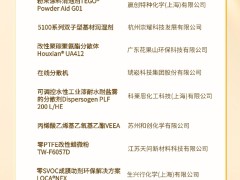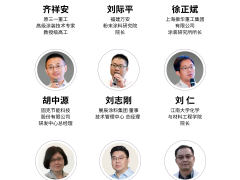據俄羅斯油氣網12月27日奧斯陸報道,挪威著名能源研究和商業情報公司雷斯塔能源公司( Rystad)27日公布的統計數據顯示,2021年,東南亞地區平均油氣日產量從2020年的506萬桶油當量降至486萬桶油當量,與2019年疫情爆發前的550萬桶油當量相比,大幅下降了12%。
在石油市場出現前所未有的混亂之際,東南亞地區運營商減緩了活動水平,努力彌補疫情引發的生產損失。
預計這一下降趨勢將持續到本十年中期。
Rystad預測,盡管2022年產量將保持穩定,但到2025年前,東南亞地區的油氣平均日產量將再下降10%,至430萬桶油當量左右。
相比之下,東南亞地區的天然氣日產量在2009年至2019年期間保持穩定,約為208億立方英尺。盡管預計天然氣銷量將會上升,以抵消2020年8%的產量下降,但預計2021年的天然氣日產量將比2020年下降約2%,約為190億立方英尺。
對大多數東南亞國家來說,超過60%的油氣產量來自成熟油氣田,這些成熟油氣田的產量占其資源量的50%以上。
未來幾年,這些成熟油氣田的產量可能會持續下降,預計到2030年前,60%的產量可能來自目前處于最終投資決定前階段的項目。
Rystad說,“因此,東南亞地區上游前景背后的驅動力將是新開發項目的批準”。2020年是東南亞地區批準活動的噩夢之年,6處資產中只有約3億桶油當量的石油資源獲得了最終投資決定。Rystad表示,隨著運營商試圖在2021年繼續推進,東南亞地區已有10多個項目獲得了最終投資決定,儲量約為7.5億桶油當量,新油田投資約30億美元,其中馬來西亞占85%。
2022年東南亞地區不太可能看到支出的大幅增加,預計全年油氣投資將在150億至200億美元之間。
由于國家石油公司將掌握控制權,并將重點放在頂級生產油氣田上,2022年印尼和泰國成熟成熟油氣田的鉆井活動增加可能會推動投資。
李峻 編譯自 俄羅斯油氣網
原文如下:
Southeast Asia’s oil & gas output at lowest level since 1998
Daily average hydrocarbon production tumbled to 4.86 million boepd in 2021, down from 5.06 million boepd in 2020, and a massive 12% drop compared to the pre-pandemic volumes of 5.5 million boepd in 2019, Rystad Energy data shows.
Operators have struggled to regain production losses triggered by the pandemic as they slowed down activity levels amid an unprecedented disruption in oil markets.
The decline is projected to continue into the middle of the decade.
Although volumes will remain stable in 2022, production will drop an additional 10% by 2025 to around 4.3 million boepd versus current levels, predicts Rystad.
By contrast, natural gas production in the region stayed steady between 2009 and 2019, at around 20.8 billion cubic feet per day (Bcfd).
Despite expectations of a rise in gas sales volume that would counter the 8% fall in production in 2020, volumes are expected to be down around 2% this year compared to 2020, at about 19 Bcfd.
For most of Southeast Asia, over 60% of output comes from mature blocks – fields producing more than 50% of its resource.
Volumes from such blocks are likely to see a consistent decline over the next few years, with an estimated 60% of production by 2030 likely coming from projects currently at the pre-FID stage.
Consequently, the driving force behind the region’s upstream outlook will be the sanctioning of new developments, reported Rystad.
2020 was a nightmare year for regional sanctioning activity, with only around 300 million boe of resources from 6 assets reaching FIDs.
As operators tried to move forward in 2021, the region has seen more than 10 projects secure FIDs, with around 750 million boe of reserves and some $3 billion in greenfield investment, with Malaysia accounting for 85% of the total, said Rystad.
Southeast Asia is unlikely to see a substantial increase in spending in 2022, with investments projected to be in the range of $15 billion to $20 billion across the year.
Investments will likely be driven by increased drilling activity in mature blocks in Indonesia and Thailand, as NOCs take the reins and focus on top-producing blocks.
免責聲明:本網轉載自其它媒體的文章,目的在于弘揚石化精神,傳遞更多石化信息,并不代表本網贊同其觀點和對其真實性負責,在此我們謹向原作者和原媒體致以敬意。如果您認為本站文章侵犯了您的版權,請與我們聯系,我們將第一時間刪除。







